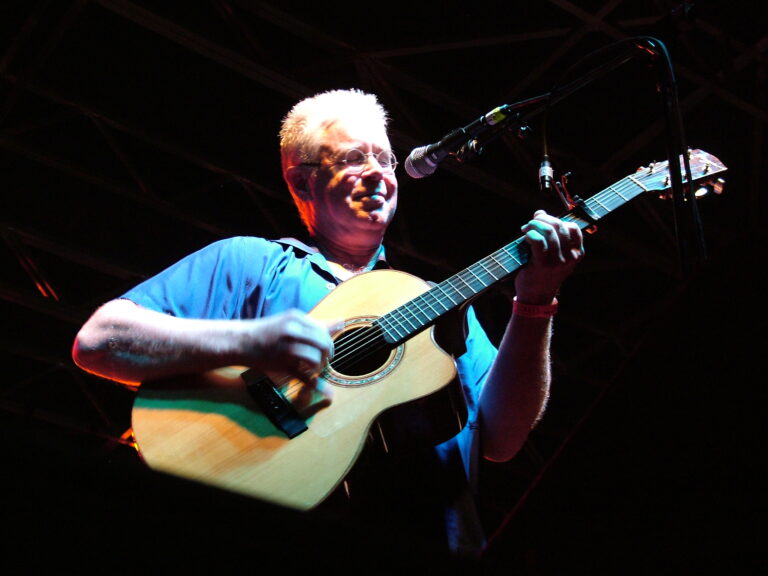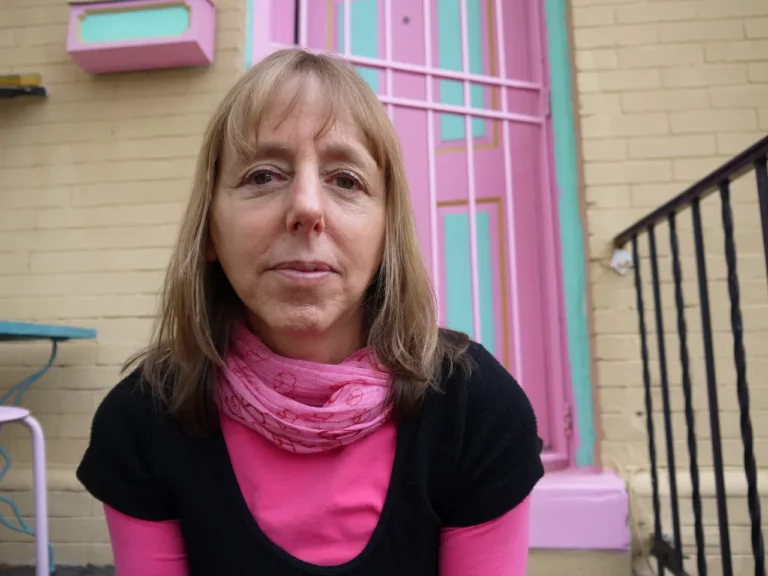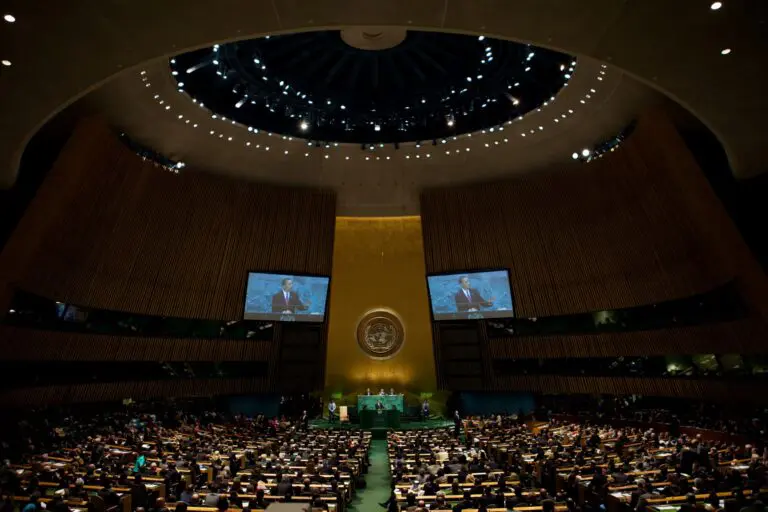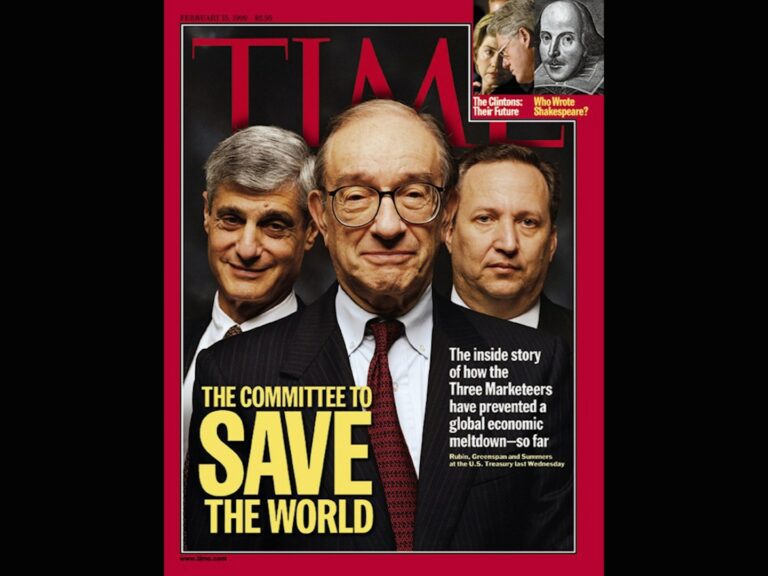Sad news that Bob Moses, a leader of the civil rights movement, died on July 25, 2021. We commemorate his work with a replay of his appearance on Reality Asserts Itself with Paul Jay, first released on June 20, 2014. Mr. Moses says the only way to earn the trust of the people was to get knocked down and get right back up.
STORY TRANSCRIPT
PAUL JAY, SENIOR EDITOR, TRNN: Welcome back to The Real News Network. I’m Paul Jay in Baltimore. And welcome back to Reality Asserts Itself.
We’re continuing our discussion on the history of the civil rights movement with one of its most active participants, Bob Moses, who now joins us again in the studio.
Thanks for joining us.
BOB MOSES, EDUCATOR AND CIVIL RIGHTS ACTIVIST: Yeah.
JAY: So, one more time, Bob’s an educator, a civil rights activist. During the ’60s, he was a field secretary for SNCC. He was also one of the main organizers of the Mississippi Freedom Summer project. And we’re going to pick up there.
So talk a bit about what the Mississippi Freedom Summer project was and what happened.
MOSES: So here’s how I think about it. I think, basically, we ran what I think of now as an earned insurgency. Right? And we had to earn it at three different levels. One was the actual farmers and sharecroppers that we were working with. We had to earn the right to ask them to join us in this work, ’cause they were threatened, they were murdered. Right?
Next we had to earn the respect of the Justice Department.
JAY: But back up. How did you earn the respect of [crosstalk]
MOSES: Yeah, so, basically it was really, you know, every time–we had to get knocked down enough times and stand back up.
JAY: You as the organizers.
MOSES: Yes, right.
JAY: ‘Cause you were asking people to risk their lives.
MOSES: We were asking people to risk their lives, so we had to show them that we were actually also willing to do that ourselves. Right? So we did that just by getting knocked down and standing back up. So every time we got knocked down, we stood back up. Right? So you do that enough, then people think you’re real, right, it’s not just talk, right?
Then, for the Justice Department, they didn’t have to, they weren’t required, right, to turn the jailhouse key. Right? They were permitted to do it, but they weren’t required. Right? And so we had to be disciplined ourselves to work on the voter registration, so that every time we got arrested, there was the presumption that that’s what we were arrested for, right? And then–.
JAY: ‘Cause if it was more a sit-in or direct action, you couldn’t get that help from the Justice Department.
MOSES: Right. They were not going to interfere around something other than voter registration, this little legal crawlspace of the ’57 Civil Rights Act, right?
And then we had to earn the right to call on the whole country to come take a look at itself in Mississippi, right, ’cause, yes, we were asking white students to come down into this danger, but we had earned the right by risking that danger ourselves and thinking now, you know, this is an American issue, this is a constitutional issue, right, this is not just black people’s problems.
JAY: And I’m assuming when a lot of white students came down, the media pays more attention.
MOSES: We saw that, right? We saw that in the fall of ’63 when we ran Aaron Henry and Ed King and we had students from Yale and Stanford come down, right? So we saw that if white students came down, then you’ve got the country’s attention. Right?
So, you know, we had watched black people be murdered in Mississippi while we were working here, right? Herbert Lee, no one, no one batted an eye, right? Even with Medgar, right, even Medgar’s assassination, you know, that didn’t grab the country. It grabbed a few people’s attention in the country, but the country wasn’t up in arms because Medgar was assassinated, right? But the white students’ coming down grabbed their attention.
JAY: And when two white students get killed, that’s a big story.
MOSES: Well, that was a big story in the context of hundreds of white students now being exposed to possible murder, right? And so that becomes–because all of their parents are flooding, right, the Justice Department, the Johnson administration, right, you need to do something about this. Right? And so these are people who are operating within the political networks of the country, right? They know their Congressman. They have access, right? The black people in Mississippi don’t have any Congressman, they don’t have any representatives to speak for them, right?
So we’re coming then. And what happens is that we’re actually in Hattiesburg; we had this big demonstration; we had these ministers come from all over the country. Remember, Kennedy had announced a civil rights bill that he was trying to work through Congress, right? This is in the March on Washington in ’63. He’s gunned down in November, November 22, ’63, right? We’re having our Hattiesburg demonstrations in December ’63.
And Bob Spike, he’s a politician of the church also. So he’s gathering these ministers. They’re coming down and experiencing this firsthand. They’re going back preaching to their congregations. And the National Council of Churches then is helping them organize busloads of people to go to D.C. to lobby for the Civil Rights Act, right? This is now in the winter of ’63-64.
And SNCC is debating: should we have a summer project? And we’re in Hattiesburg. And in the middle of that conversation we get a phone call that Louis Allen has been murdered. Now, Louis Allen is the witness to Herbert Lee’s murder, right? So when Herbert Lee was murdered and Amzie came down, we spent a week, every night leaving McComb–and Amzie knows the back roads. Going around, Amzie’s knocking on people’s doors at midnight.
JAY: So what’s going on in your own heart and mind? You go to sleep at night, you don’t know if you’re going to wake up in the morning.
MOSES: Not quite. Not quite. So it’s guerrilla warfare. That’s how I think about it now, but it really is guerrilla warfare. So guerrilla warfare, you have to have a safe base, right? So we had a base within–it’s the only time in my life I’m–anytime I leave, day or night, doesn’t matter what time, I go down the road, I knock on her door, somebody’s going to–they are going to take me in. I’m going to have a bed to sleep in. They’re going to feed me. They are going to watch my back. Right? I’m safe in their house, right? I’m sleeping soundly, right?
JAY: But when you’re out organizing, you’re facing [crosstalk]
MOSES: Yes. Well, so then you have to pick your time. So even the organizing, you’re organizing within the black community, right? So the issue is: when do you decide to go into the enemy, you know, territory, which is basically the courthouse? I mean, I’m not trying to shop downtown, right? I’m not doing any shopping, right? So it’s when you make your move to take people to the courthouse, right, that you’re in danger.
JAY: But what I’m getting at is clearly you’re risking your life. You’re getting knocked down and standing back up.
MOSES: Well, so, look–.
JAY: Just a sec. Some of your colleagues are getting killed. You had a choice. You had, you know, a Northeastern education. You had an elite education. You’ve been to Harvard. You didn’t have to be doing this.
MOSES: I did. I did.
JAY: What?
MOSES: In other words, I had to decide how I wanted to live in this country, right? And so I was part of a small group of people that decided we were not going to live in this country unless we could change it. Right? So it was much my choice. I felt I was in as much of a position as those people we were working with.
JAY: So tell us more about the summer.
MOSES: Well, so, when Louis Allen is murdered, I go back and I throw my weight in for the summer project, ’cause when Herbert Lee was murdered, all we could do was commit ourselves, right? But now Louis Allen is murdered, right, we have the attention of white students from different parts of the country, we have the attention of the National Council of Churches and all these ministers from all over, so we are actually able now to mount an insurgency in Mississippi that we couldn’t do three years before. Right?
And so we then move through SNCC and CORE and some of the NAACP chapters and gather what in the end came to be 600 to 700 young, mostly white college students, teachers, doctors, and lawyers. Right? There was a big issue about whether–I had to go up and get read the riot act by Jack Greenberg and Martin Luther King’s lawyers because we insisted that any lawyer that wanted to come down, including lawyers for the National Lawyers Guild, right, which was thought by the mainstream lawyers to be a communist front, right–but we weren’t having any of that, right? And so we got lawyers and teachers and doctors.
So it’s not really well understood that the whole issue of community health, right, got its start in the context of Mississippi Freedom Summer, right? Really, the first ideas of setting up community health clinics, right, got its start in the context of that summer program.
So we got into the summer, and right away we ran into this issue of Mississippi and its antagonism and its role to protect the subordination of black people. Right? And so Mickey Schwerner had been recruited by CORE to come work, and he had started working in the fall of ’63 in Meridian in a CORE project. And we had the state divided so that CORE operated in one congressional district, so that the national organization could project its work, right? And so Mickey and his wife had been stationed in Meridian. And part of the problem was that they reported to Dave Dennis, but Dave was sick and didn’t make it to the orientation. And so Mickey left, and those of us who were there really didn’t know that he had left. And he left at the most dangerous time, just before everybody was leaving. So the whole state of Mississippi was in this paranoia that they were somehow going to be invaded, right? And they had their tanks, they had their guns. I mean, it was like they were going to war in a real shootout, right?
JAY: Invaded by?
MOSES: Invaded by–you know, I guess they thought of us as revolutionaries who were actually capable or had planned to have some kind of invention [sic] that required an armed defense, right? So they went down when the whole state of Mississippi is primed, right?
Our problem was entry. We needed to get the students into the black community in as quiet a way as we could, and then they could melt away in the black community. I mean, their problem was to understand that their real job was to live and sleep and eat and go to the bathroom in the black community. Right? And if they did that, right, they would be breaking down this, really, subordination of black people by white people that had been going on since 1875, right? So it was in some sense a very difficult job for them, right, because it required that they discipline themselves not to do what they were used to doing, which is kind of be out front and take charge and move, right, within the larger community, right, but really subordinate themselves to the lives of black people.
JAY: And where did they come from?
MOSES: So they came from all over, right, all over the country, right, including, you know, small towns in the West, the Midwest, right, Northeast, California.
JAY: And what was the racial composition?
MOSES: So, predominantly, I guess, 90 percent or more are white, right? I mean, think about it. Of course the question is: why didn’t we get more black students from the HBCU campuses?
JAY: And so the historically black colleges.
MOSES: Yes, the historically–. So the strongest group from the HBCUs were Stokely and the Howard group, right? And they had been very active, an active chapter of SNCC. They call themselves the Nonviolent Action Group (NAG) at Howard. And so they came down and actually manned and were the group that kind of ran the Delta part of the operation, in the Mississippi Delta.
JAY: But what’s the answer to that question? Why weren’t there more black students coming down?
MOSES: Yeah. So the answer to that question is what the black students in the HBCUs and their orientation to the movement–they had started the movement around the desegregation of facilities for public accommodations–
JAY: This is the sit-ins in 1960.
MOSES: –and sit-ins, yes–but had not really picked up in large numbers the idea of leaving college and doing this kind of day-to-day work. Right? The actual work going into Freedom Summer was done by, I would say, about 35 young black high school and early college–so you’re talking about kids from 17 to 22, 23, about 35 of us that actually did the work from 1961 up through 1964, right, that laid the groundwork for what happened in Freedom Summer. Right?
JAY: Now, the white students, it helped give media attention. I guess they did make it somewhat more difficult for the state police to attack, ’cause they were whites and there’s more media attention. But it’s also a problem in the sense that don’t so many white students now want to be part of SNCC and starting to change the character of the organization?
MOSES: Yeah, so coming out of Freedom Summer, we were–SNCC is faced with this influx of white students now who want to be SNCC field secretaries, right? So that really can’t happen. A number of white students stay, right, and stay in Mississippi.
SNCC in the meantime has to regroup, right? It has to figure out what it’s going to do, where it’s going to go. And so SNCC goes through, really, a couple of years, I think, from the Freedom Summer in 1964 until–I think it’s June 1966 when Stokely is elected chairperson. So during that period, SNCC is having back-and-fourth, extended, long meetings trying to figure out how to structure itself in the wake of Freedom Summer.
JAY: So we’re going to stop here, this segment. And to be honest with you, Bob has to get to the airport in a few minutes. So we’re going to kind of jump and have a more overall view where things are today. But Bob’s promised to come back. So sometime in the next month or two, I hope, we’re going to pick up the chronological history.
But in the next segment, in the final segment of this series–but, as I say, there’s going to be more–we’re going to talk a little bit more about some of the broad themes, the basic question being: what’s happened since ’64? And where are we today? And where is the movement for, you know, civil rights, for liberation? Where are things at today? And looking back.
So please join us on Reality Asserts Itself with Bob Moses.






